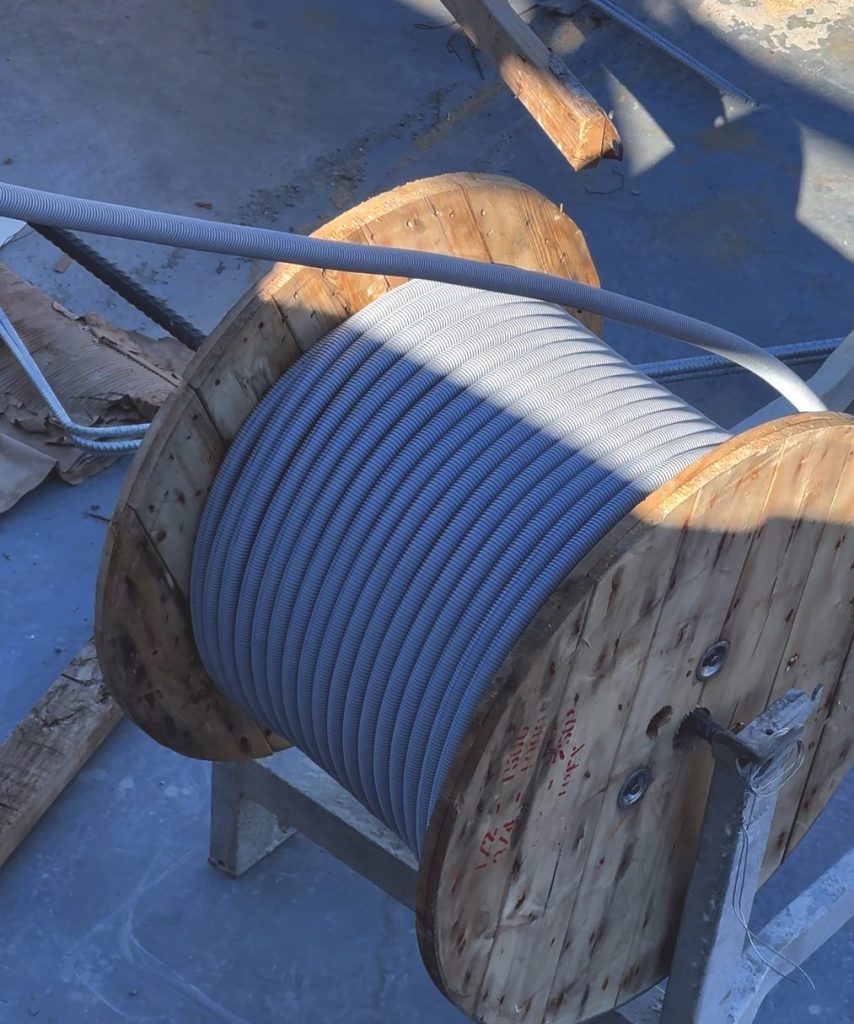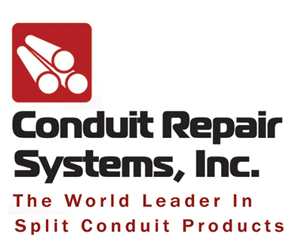Eight-story, mixed-use project in Tampa leverages electrical nonmetallic tubing and fittings for unmatched installation flexibility and efficiency.
Problem
Mixed-use developments have gained immense popularity in metropolitan areas due to their remarkable versatility and optimal use of land and space. These projects create thriving communities that foster interaction and convenience by seamlessly integrating residential and commercial areas within a single footprint.
A significant recent example of this emerging trend is an eight-story mixed-use development, spanning nearly three quarters of a million square feet, currently under construction in downtown Tampa. This two-year project includes 375 residential units and approximately 90,000 square feet of amenity space. The first six months of the project focused on vertical construction using cast-in-place concrete, followed by the interior development of the apartments, amenity retail spaces, and parking garage facilities.

Proper electrical installation is crucial for safety and functionality in construction. It ensures the reliability of electrical systems, protects occupants and the building from hazards like fires and shocks, and meets regulatory requirements. A well-designed and installed electrical system is essential for powering lights, appliances, and security systems.
In search of a dependable and cost-effective solution, 25-year veteran Project Manager Tim Boyes along side Suncoast Power, a reputable contracting service based in Florida, to explore electrical conduit and raceway options.
Having successfully collaborated with IPEX, the recommendation and suitable solution was Kwikon® ENT and Fittings for this project.
“I had never worked with Kwikon ENT and Fittings before,” says Boyes. “The decision to use the Kwikon product line was a team effort from our field guys and office staff, driven by cost, availability, and significant labor savings.”
Solution
Choosing the right conduit for high-rise construction can significantly impact project efficiency and costs. While rigid PVC (Polyvinyl Chloride) conduit may have a lower upfront material cost, ENT (Electrical Nonmetallic Tubing) offers more significant advantages due to its lighter weight and flexibility, which drive labor savings and installation efficiency.

This innovative flexibility eliminates the need for bends and glue while reducing reliance on couplings and adapters, making the overall installation process more streamlinedand efficient. With a simple “snap,” the ENT conduit can be easily installed and routed in any direction.
The Kwikon ENT system is an innovative solution comprising impact-resistant PVC tubing and various fittings that establish connections and serve as access points for electrical wires. This system is designed to protect wiring by creating designated pathways for electrical cables to run throughout the mixed-use building, including beneath its floors.
A key highlight of Kwikon tubing is its lightweight design—as much as 55% lighter than traditional rigid PVC conduit. This factor enables one installer to carry an entire coil without hassle. The tubing is engineered to reduce bulk while maintaining durability, allowing on-site workers to handle it conveniently.
The fittings are installed strategically, such as where lighting fixtures are to be positioned, enabling easy access to the wiring. Additionally, the system accommodates wiring for other essential electrical components, such as fire alarms and light switches, facilitating efficient power distribution and communications throughout the building.
The Tampa project’s electrical system was put in place during the construction of each building level, with concrete poured over the installed tube and fittings. An installation depth of six to ten inches is often recommended for general safety and damage avoidance, with eight inches suitable for conduit under concrete.
The Kwikon system is recognized for its uncrushable strength. Boyles and his team put it through rigorous testing, and the results confirmed his opinion that it remains uncrushable under standard conditions. Even with the added construction challenges of rebar and surrounding materials, the installation was completed without any problems.
Boyes emphasizes: “The product quality effectively resolves any potential shortcomings. Its tolerances ensure an easy installation every time.”
With fewer connections to assemble and the minimization of other labor-intensive tasks, the installation took less time than anticipated. A reduced crew, consisting of two to three skilled workers at different times, finished a quarter of a floor each week.

Results
Boyes’s use of the Kwikon ENT System was a satisfying first for his company. As a result, he is now a strong proponent of Kwikon and its capabilities. “I wish I had used the Kwikon ENT system earlier,” he says. “If I had to describe it in three words, they would be flexible, versatile, and durable.”
When asked whether he agreed that the implemented system contributed to achieving time savings of 30% to 40%, he responded with an affirmative “yes!” adding that the system’s efficiencies ultimately led to substantial reductions in labor costs.





